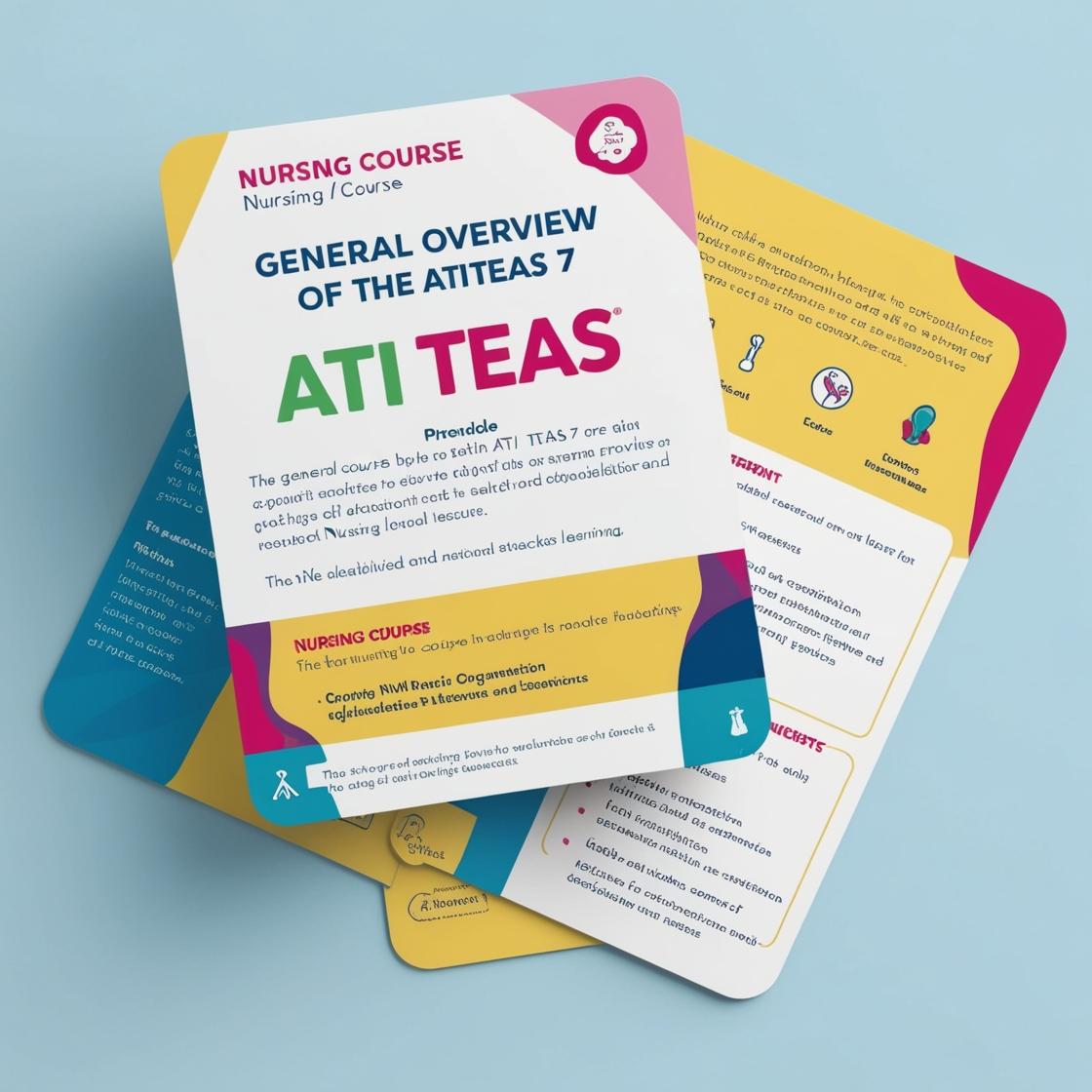ATI TEAS 7
TEAS Reading Practice Questions
1. Which of the following terms describes the author's tone in the passage?
- A. Sarcastic
- B. Formal
- C. Informal
- D. Scientific
Correct answer: C
Rationale: The author's tone in the passage is informal. The passage provides a narrative about Hedy Lamarr's life and inventions, offering insights into her challenges and achievements in a conversational manner. The use of phrases like 'To relieve this boredom' and 'Just think, we might not have any of those things' indicates a casual and engaging tone, suitable for storytelling. Choice A, 'Sarcastic,' is incorrect as there is no evident use of sarcasm or irony in the passage. Choice B, 'Formal,' is incorrect because the tone is not stiff or ceremonious; instead, it is relaxed and personal. Choice D, 'Scientific,' is also incorrect as the tone is not focused on presenting technical information or research findings but rather on sharing a personal story.
2. Why do cicadas make a buzzing sound?
- A. To orient via echolocation
- B. To attract a mate
- C. To locate a food source
- D. To ward off predators
Correct answer: B
Rationale: Cicadas make a buzzing sound primarily to attract a mate. This sound is a mating call produced by the males to attract females for reproduction. While echolocation is used by some animals like bats for navigation, cicadas do not use buzzing for orientation. Buzzing is not related to locating a food source or warding off predators in the case of cicadas.
3. Which of the following evidence from the passage supports the inference that providing nap rooms at work can improve employee productivity?
- A. In the recent company-wide audits, many employees have reported fatigue at work.
- B. According to a 2008 study, napping for 60 minutes helped improve verbal memory, motor skills, and perceptual learning better than caffeine.
- C. Many successful companies have adopted the practice of work naps, in industries like tech, manufacturing - even NASA!
- D. Starting today, we will be providing a designated nap room in each office building near the gym and cafeteria to help employees take care of their bodies and minds, so they can be happier, healthier, and more productive.
Correct answer: B
Rationale: The correct answer is B because the evidence from the 2008 study mentioned in the passage supports the inference that napping for 60 minutes can improve verbal memory, motor skills, and perceptual learning better than caffeine. This indicates that providing nap rooms at work can lead to improved productivity by enhancing cognitive functions. Choice A talks about the fatigue reported by employees but does not directly link it to productivity improvement. Choice C mentions that many successful companies have adopted the practice of work naps but does not specifically tie it to productivity enhancement. Choice D states the intention to provide nap rooms for employees but does not provide direct evidence of productivity improvement.
4. What source would be most useful in determining the reliability of Punxsutawney Phil's predictions over a number of years?
- A. A memoir from a former president of the Groundhog Club
- B. A record of weather patterns over the past decade
- C. An article on groundhog behavior in the northeast U.S
- D. A historical account of Groundhog Day traditions
Correct answer: B
Rationale: A record of weather patterns over the past decade would be the most useful source in determining the reliability of Punxsutawney Phil's predictions. By comparing Phil's forecasts with the actual weather outcomes, one can analyze the accuracy of his predictions. Choices A, C, and D do not directly provide the necessary data on weather patterns to evaluate Phil's reliability.
5. Which of the following best describes the theme of the passage?
- A. Patronizing
- B. Skeptical
- C. Objective
- D. Nostalgic
Correct answer: C
Rationale: The correct answer is C: 'Objective.' The passage presents a factual account of Clara Barton's life events without showing bias or personal feelings. The text outlines significant milestones in Barton's life chronologically, from her birth to her contributions during and after the Civil War, culminating in her advocacy for the establishment of an American branch of the International Red Cross Organization. The passage does not exhibit a patronizing tone (choice A), as it does not talk down to Barton or belittle her achievements. It is also not skeptical (choice B), as it does not express doubt or disbelief in the information presented. Furthermore, the passage is not nostalgic (choice D), as it does not dwell on sentimental feelings or memories of the past. Therefore, 'Objective' is the most suitable description of the passage's theme.
Similar Questions

Access More Features
ATI TEAS Premium Plus
$149.99/ 90 days
- Actual ATI TEAS 7 Questions
- 3,000 questions with answers
- 90 days access
ATI TEAS Basic
$99/ 30 days
- 3,000 Questions with answers
- 30 days access
